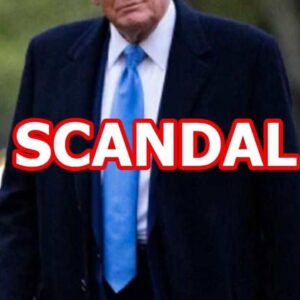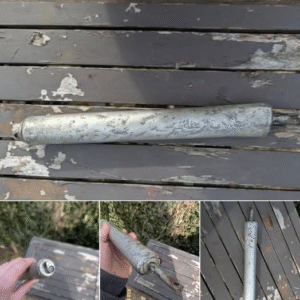Trump Reveals When $2,000 Tariff Dividend Checks Could Go Out
President Donald Trump has finally announced when Americans might receive the long-promised $2,000 “tariff dividend,” a payout he says comes from the nation’s growing tariff revenue. The update arrives after weeks of speculation and mounting questions surrounding the legality, cost, and logistics of the plan.
Trump’s Original Promise
Last week, Trump told Truth Social followers that every American would receive “a dividend of at least $2,000,” crediting the money to what he calls the country’s increasing wealth under his tariff policies.
He argued these tariffs strengthened the U.S. economy, boosted markets, and helped reduce inflation.
“People that are against tariffs are FOOLS!” Trump wrote, pointing to record stock prices, high 401(k) balances, and rising domestic investment.
When Will the Checks Be Sent?
Trump confirmed on Friday that the payments won’t go out until 2026.
“It will be next year… The tariffs allow us to give a dividend,” he said aboard Air Force One, according to The New York Post. He added that the same revenue would also help reduce national debt.
The plan targets families under a certain income threshold, but officials admit key details remain unresolved. Treasury Secretary Scott Bessent noted on Fox Business, “We need legislation for that,” signaling the plan is far from finalized.

The Roadblocks Ahead
Although Trump framed the payments as a simple “payout from tariffs,” the checks require congressional approval—a major hurdle.
Bessent suggested a possible $100,000 income cap, but noted that the figure is still under discussion. Even the type of payment is undecided; he hinted it could come as tax credits or benefits tied to Trump’s One Big Beautiful Bill Act.
Funding also remains a challenge. Trump’s unconventional use of the International Emergency Economic Powers Act (IEEPA) to impose tariffs has generated significant revenue—about $195.9 billion through August 31, 2025.
However, analysts estimate the checks could cost around $300 billion if limited to individuals earning under $100,000.
In short, revenue doesn’t yet match the proposal’s price tag.
Legal Challenges Could Derail the Plan
A larger threat looms over the entire payout: the Supreme Court is reviewing whether Trump’s use of IEEPA to impose tariffs is constitutional. Several lower courts have already ruled against the interpretation.
If the Court overturns the tariffs, the government could lose a key funding source—and might even have to refund tariff collections.
When asked whether he would still pursue the $2,000 plan if the tariffs fall, Trump replied, “Then I’d have to do something else.”
The Court is also reviewing nearly half of the $100 billion Trump planned to use, adding more uncertainty to the future of the checks.
What’s Next?
Despite the financial and legal hurdles, Trump remains confident the payouts will happen and insists high-income Americans will not qualify—even though he has yet to define what counts as “high income.”
For now, the timeline is set: no checks until 2026, and only if the administration clears multiple legal, legislative, and budget challenges.





